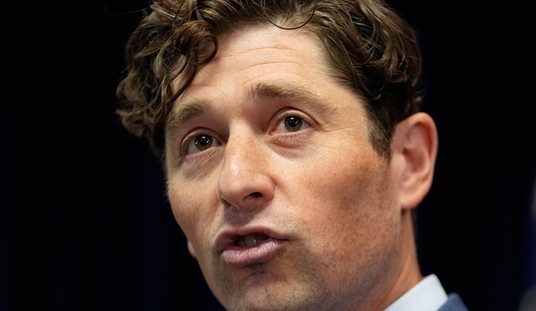Team Obama is in economic trouble on two fronts right now: The dollar could be headed toward its demise, while the jobs and unemployment numbers have gotten worse. (The unemployment rate is up to 9.8 percent as of the September report released last week.) And there's a simple policy mix the White House could adopt to fix this. It could enact the Mundell-Laffer supply-side approach of a steady King Dollar for price stability and low marginal tax rates to spur jobs and economic growth.

Columbia professor and Nobel Prize winner Robert Mundell and Reagan advisor Arthur Laffer put this formula to work nearly 30 years ago, and it launched a massive low-inflation, bull-market prosperity. Of course, I am a supply-side fossil. I am a dinosaur and a relic of the past. But I still believe this approach could work again, even if it's not going to happen.
The dollar has been falling on and off for nearly 10 years, and it's in big trouble right now. The commodity inflation, housing bubble and oil shock of recent years all can be traced to dollar weakness and excess money-creation by the Fed. A weak dollar helped destroy the Bush Boom and create the Great Recession. But now people are talking about ending the dollar's reserve-currency status.
According to London's Independent, the Arab oil producers in the Gulf are planning with China, Russia, Japan and France to end dollar transactions for oil and move instead to a basket of currencies that might include the Japanese yen, the Chinese yuan and the euro, along with gold and some kind of regional Gulf-state currency.
I say, where there's smoke there's fire. The dollar-demise story just won't go away, and it's clear now that China and others have lost confidence in the greenback. For the U.S., this is mostly a self-inflicted wound. And the Treasury and the Fed are in denial about it. The gold price has jumped all the way to $1,050, while the dollar index has fallen again. Without question, the U.S. is creating too many dollars through the Fed, and fiscal disarray continues to threaten more of the same.
Recommended
And here's a real conflict brewing in the financial markets: The Fed is fighting deflation with a near-zero interest-rate target, while gold, the dollar and commodity markets are signaling that inflation is the real problem. Somebody is going to be very right here, and somebody is going to be very wrong. I'm betting on the markets being right.
So I have a thought, at least for the short run: The Fed should follow Australia, the first G-20 country to raise its target interest rate. The Aussies lifted their rate a quarter point to 3.25 percent. Right now, the U.S. Fed should lift its target rate by 25 basis points. The fed funds target is currently 15 basis points, so this move would make it 40 basis points. It would be a dollar-protection signal; a price-stability signal. At the least, it would be a beginning. Next, the Treasury should buy some dollars in the open market to back up the Fed.
And as the White House considers a second stimulus package, here's another thought: Go for growth. Reduce tax rates to provide growth incentives (something Team Obama has avoided like the plague). Cut the top corporate tax rate from 35 percent to 25 percent, and accompany that with a small-business tax cut from 35 percent to 25 percent. And leave the Bush tax cuts alone. Don't let them expire in 2011. That's cap-gains, dividends and the top personal rate.
Yes, this is a supply-side solution: Reducing tax rates will ignite growth incentives.
And by applying it, Team Obama would be borrowing from George W. Bush, Bill Clinton, Ronald Reagan and John F. Kennedy (and Calvin Coolidge and Andrew Mellon, too). Forget about Keynesian spending multipliers, which Harvard's Robert Barrow writes are less than one. Forget about class warfare. Forget about income redistribution. Go for growth.
Again, I know I'm a supply-side fossil and a relic of the past. But the Mundell-Laffer policy plan -- which has worked historically for Republicans and Democrats -- could truly save the nation and its economy at this critical juncture. Monetary restraint and the incentives of lower tax rates will solve the dollar and unemployment problems.
In our supposedly post-partisan era, why not give it a try, President Obama?
























Join the conversation as a VIP Member